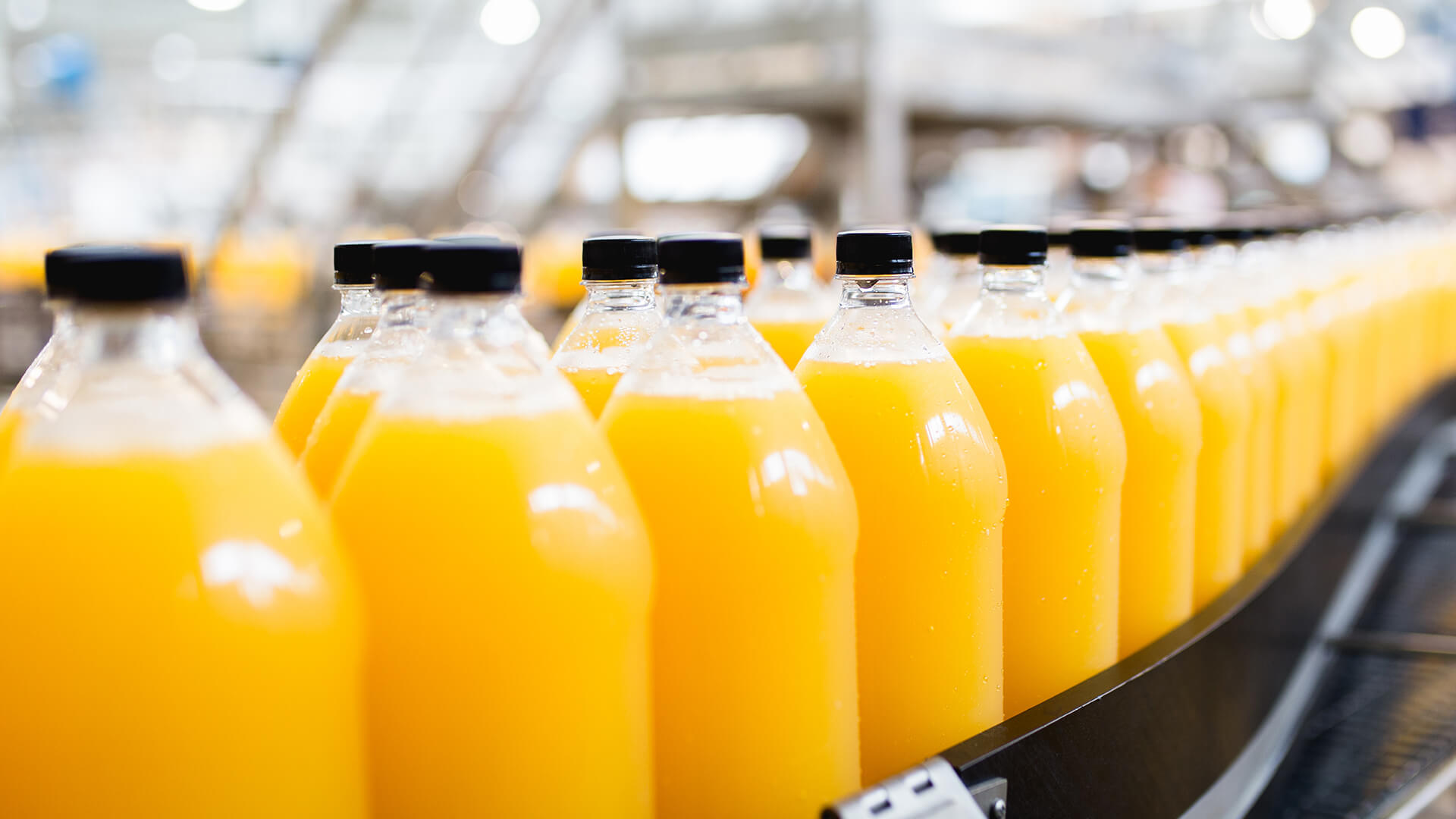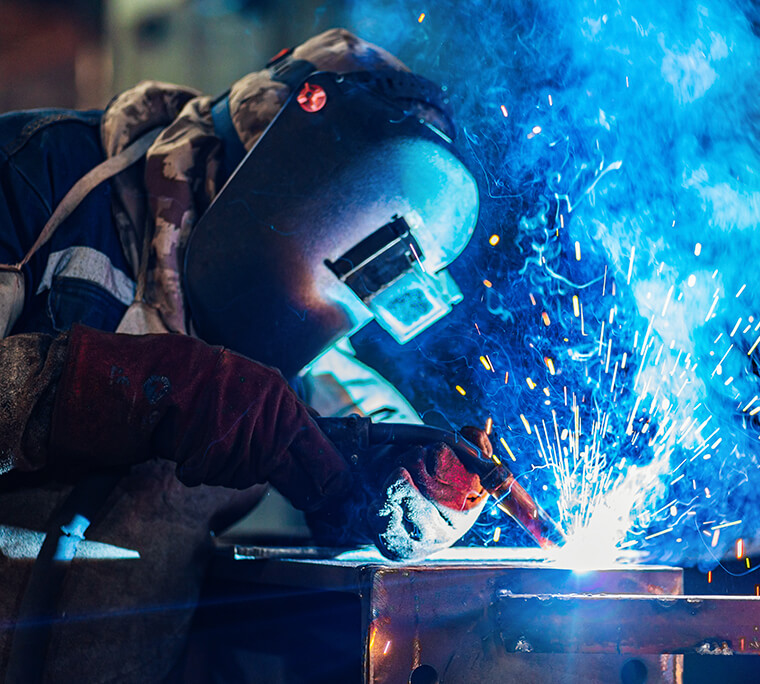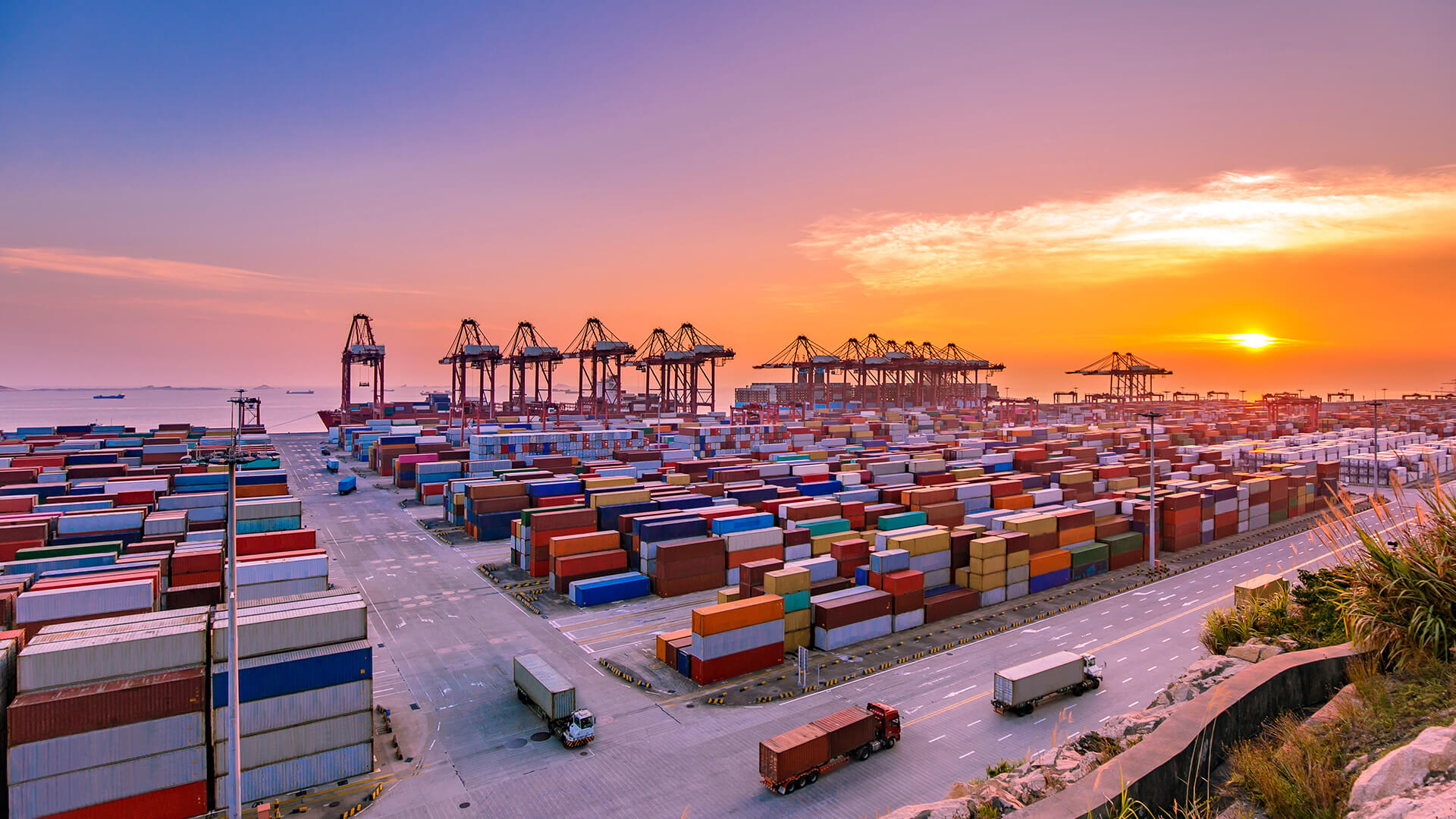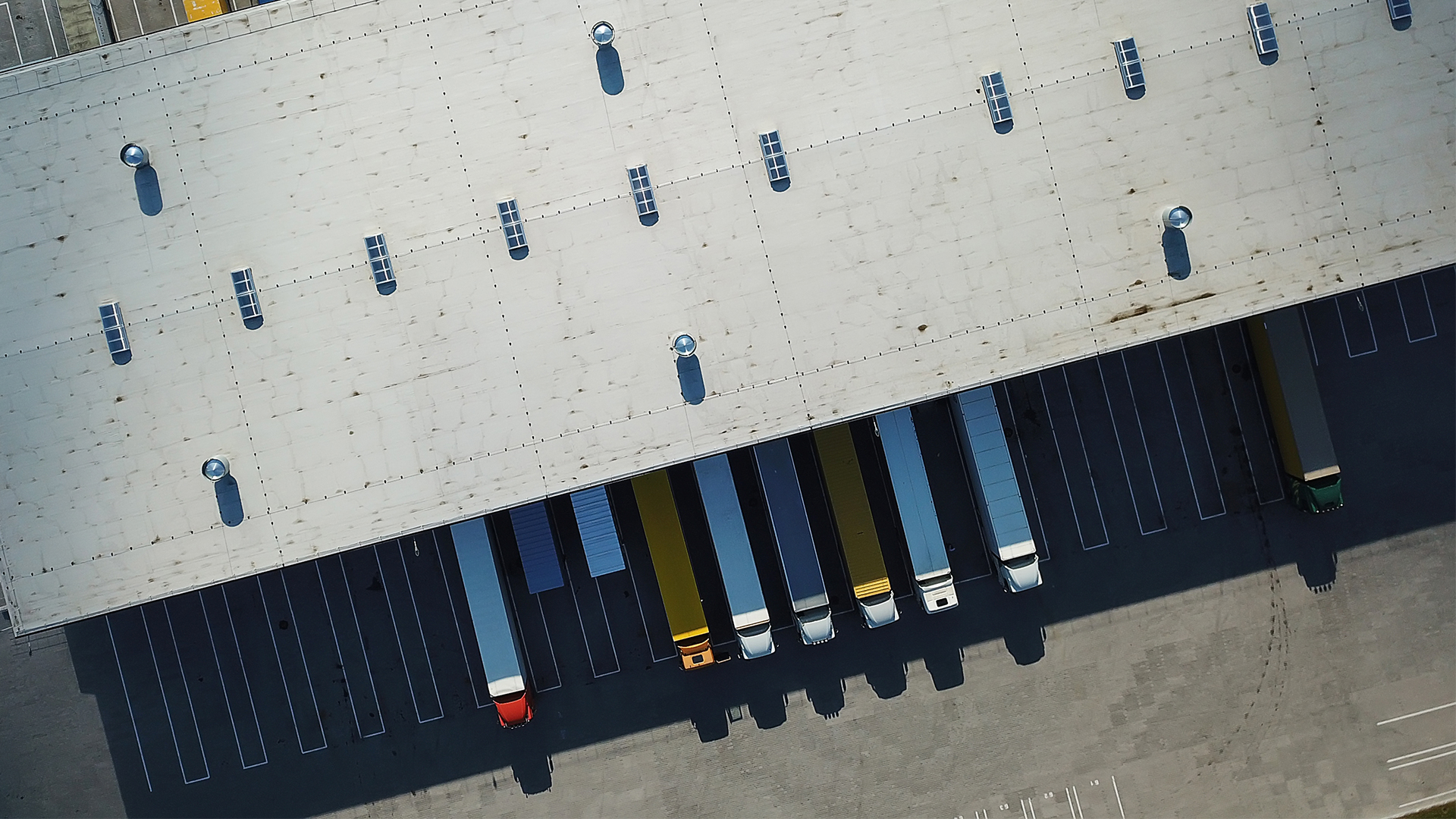- In dollar terms, Canadian manufacturing sales rose by 1.2 per cent (m/m) in May. This was higher than Statistics Canada’s flash estimate, which called for a 0.8 per cent increase. After accounting for price effects, manufacturing sales volumes rose by 2.2 per cent (m/m).
- Nominal sales grew in 14 of the 21 manufacturing subsectors. Sales of transportation equipment manufacturing products (+$409 million) and chemical manufacturing products (+$271 million) contributed the most to total nominal growth. Meanwhile, sales of primary metal manufacturing products (-$387 million) saw the sharpest nominal decline.
- Manufacturing sales grew in 5 of 10 provinces. In relative terms, sales fell the most in Newfoundland and Labrador (-24.8 per cent) and grew the most in Alberta (+3.9 per cent).
- New orders fell by 1.3 per cent, while unfilled orders fell by 1.5 per cent.
Key insights:
- Defying the dour economic outlook, manufacturing sales grew in May. In real terms, sales saw their highest monthly growth since January. Statistics Canada reported that improved semiconductor supplies boosted motor vehicle production at most auto manufacturing plants in Ontario. While manufacturing sales have been resilient amid one of the fastest interest rate hiking cycles in Canada’s history, the impact of further rate hikes in June and July will put downward pressure on sales growth. Wildfire activity throughout the country has also impacted the manufacturing sector, which may be reflected in next month’s sales report.
- Labour action at Canada’s West Coast ports will impede manufacturing production throughout the country. The strike is resolving following the intervention of a federal mediator. Still, the effects of a two-week freight buildup along British Columbia’s coast – and a halt to imported goods – have already begun to ripple through the economy. Wood product manufacturers in B.C.’s interior have temporarily laid off workers as finished products pile up. Shortages of parts and components could delay motor vehicle manufacturing. Food manufacturers are concerned that their perishable exports will spoil. And, on the heels of the Ambassador Bridge blockade in 2022, investor confidence in Canada may take a hit. All Canadian workers are struggling to maintain their purchasing power after two years of elevated inflation. Demands for higher wages that keep up with the pace of price growth are understandable. But disrupting production and adding pressure to the current inflationary bout could potentially offload a can of worms for the Canadian economy.
- Canada’s big bets on electric vehicle (EV) battery production have raised concerns over the potential payoff of these investments. The federal government has resolved its subsidy dispute with Stellantis, pledging up to $15 billion in performance incentives for the plant. This agreement follows the $13 billion in incentives offered to Volkswagen for its battery cell manufacturing plant in St. Thomas, Ontario. Electric vehicles and their components are strategic industries for Canada. Securing the country’s place in global EVsupply chains will create jobs and foster economic growth. At the same time, there is a point at which the cost of playing this game exceeds the potential payoff. The opportunity cost of these investments is also significant. Other wicked problems need tackling in Canada and other green investment streams need support. With the deals now signed and construction on the plants underway, we should turn to thinking about how to maximize the public benefits of these projects. However, as other green technology companies inevitably canvass Canada for subsidies, decision-makers should consider the precedent these unprecedented investments are setting.
For more details about Canadian manufacturing and industrial trends, please explore our Industry Lens reports here.







Comments